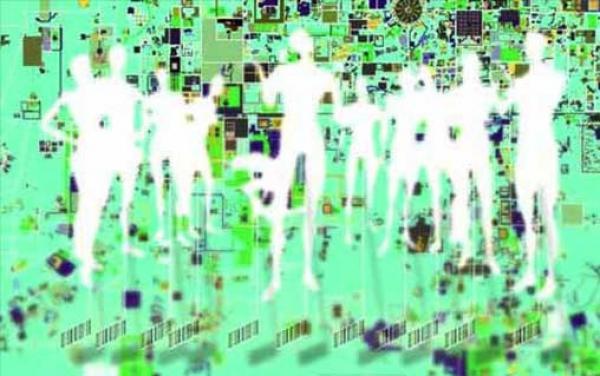BY LETTER
Symbiotics
Culture and Society > Intertoposophic Relations
Culture and Society > Economics > Occupations, Avocations, and Work
Culture and Society > Cultural Factors > Socio-Ecological Categories
Culture and Society > Economics > Occupations, Avocations, and Work
Culture and Society > Cultural Factors > Socio-Ecological Categories
Although nanotech and nanotech-based checking and testing utilities and devices are invaluable in maintaining the proper functioning of infrastructure in ultratech and transapientech habitats, ships, and buildings, and angelnetted worlds and megastructures, this is less practical in large habitats and megastructures with little or - more often - no angelnetting and widely dispersed essential services data nodes and life support systems. In these cases, it is often much easier and simpler to use a low tech and more robust solution: a subsophont, presophont, or even fully sapient biont, cyborg, or vec set of individuals; sometimes an entire community, race or clade. These sentients are known as Symbiotics, and fill a similar role to habitat, ship, and/or ISO Minds or communities comparable to that of symbiotic microorganisms in baseline animal or plant life. Without symbiotics there could be no interstellar transapientech civilization; the whole thing would collapse under the weight of its own maintenance requirements, or be confined to small advanced areas in a sea of primitivism.
Symbiotics may be of any category or phylum of sentient being. Neogens are popular; life-forms specifically tailored for this task, often with extensive cyborgization, bioborgization or synano- or bionano-borgization, but a habitat Mind or a local advanced community or clade may also choose a standard template, usually a robust animal like a cockroach or a rat, with high survival characteristics, and modify that instead. Usually it is cheaper and easier to make the modifications permanent and incorporate them into the genome. Often a whole ecology of creatures will be chosen, the members of which will not only maintain the local infrastructure but also check on each other and alert the habit mind if there is a problem. Such creatures are have a symbiotic relationship with the habitat: they are dependent on it for food and servicing of their augments, but they also themselves keep its remote sensors in good order, clear away encrusted nanecology growths, remove introduced biota that might damage the local ecology, and so on.
While tailored neogens or bots, or gengineered insect or rodent-derived symbiotics are common and popular, human or other common modosophont symbiotics may also be used. Here there is no need for provolution if higher intelligence is required since they already have full sapience and exist in abundant supply. There will still often be the required physical augmentation or cultural modification, but even so, many habitat Minds find it easier to use these clades, and as long as their sentient rights are not violated, no one complains.
Human or other modosophont symbiotics are most often Prims and Lo Teks, as these have the lowest material and energy requirements and can easily able to live off the land (or the hab, as the case may be). Less often, when more technical expertise and familiarity with higher technology is required, more developed High Tech or Ultra Tech hu and/or other bionts may be required for this role. Much depends on the local circumstances, and the requirements of the particular Mind. In by far the majority of cases, symbiotics will live in small tribal communities, sometimes nomadic, following the hidden cables and feedlines with the seasons and the years. In a few cases in very large habitats, they may be settled Lo Tech communities, townships, or even small cities states, with a hereditary hierarchical priesthood charged with an ancient "sacred mission": via inheritable bionano augments or neogenic modifications.
Related Articles
- Exdependent
- Symaiote and Symbiote
- Symbionic - Text by Glenn F. Cartwright
Possessing a direct, neural interface between the brain and the environment
Symbionics developed during the later information and early interplanetary periods, and for the first time allowed the biont mind to directly channel wireless, virtual reality information directly to the cortex, bypassing conventional sensory channels. This enabled complete and seamless virch participation, and virch realities that for the first time were indistinguishable from physical (rl) reality. - Synano - Text by Stephen Inniss
Nanotechnology that integrates hylonano ("dry", or inorganic nanotech) with bionano ("wet", or organic nanotech).
Appears in Topics
Development Notes
Text by M. Alan Kazlev
Initially published on 26 May 2003.
Initially published on 26 May 2003.







